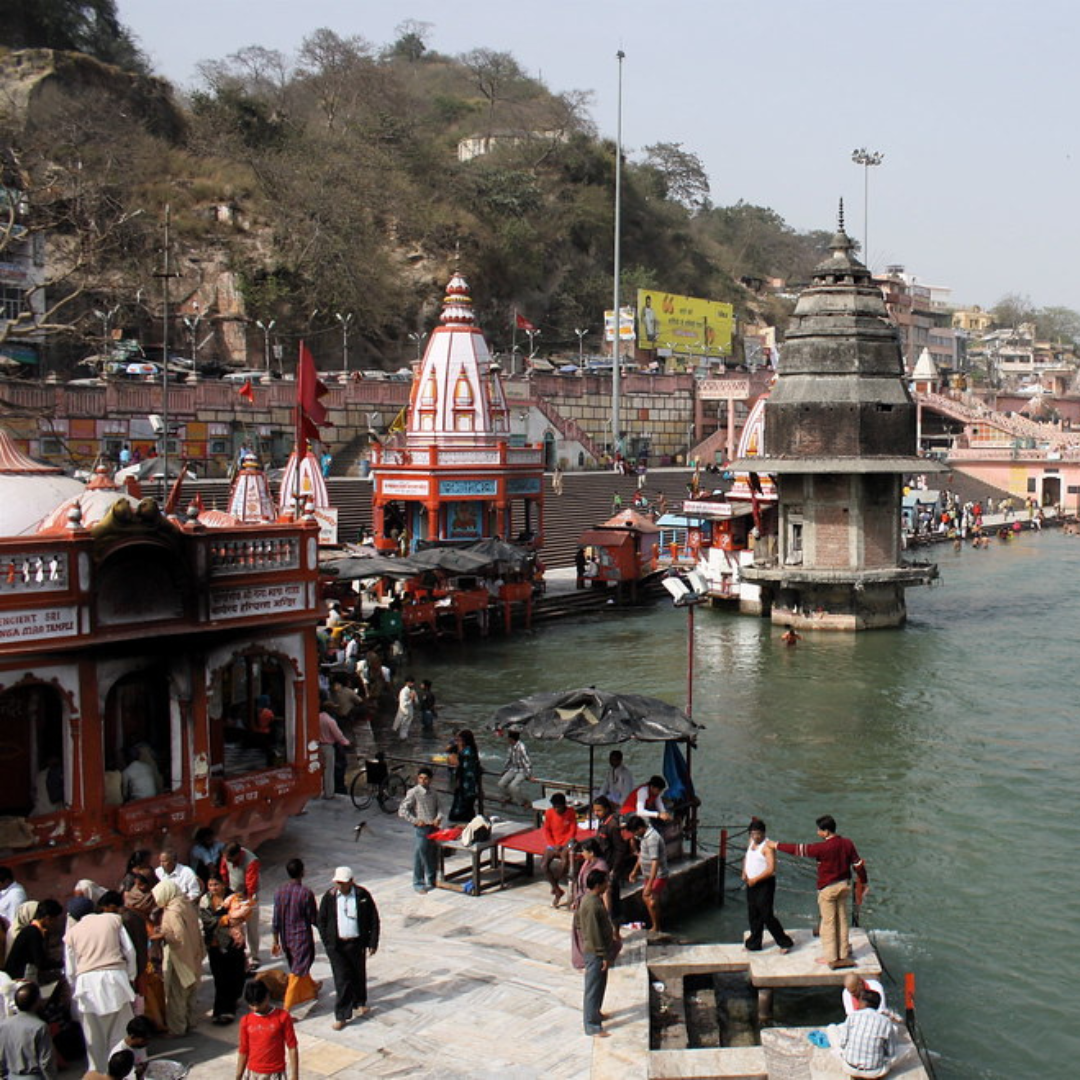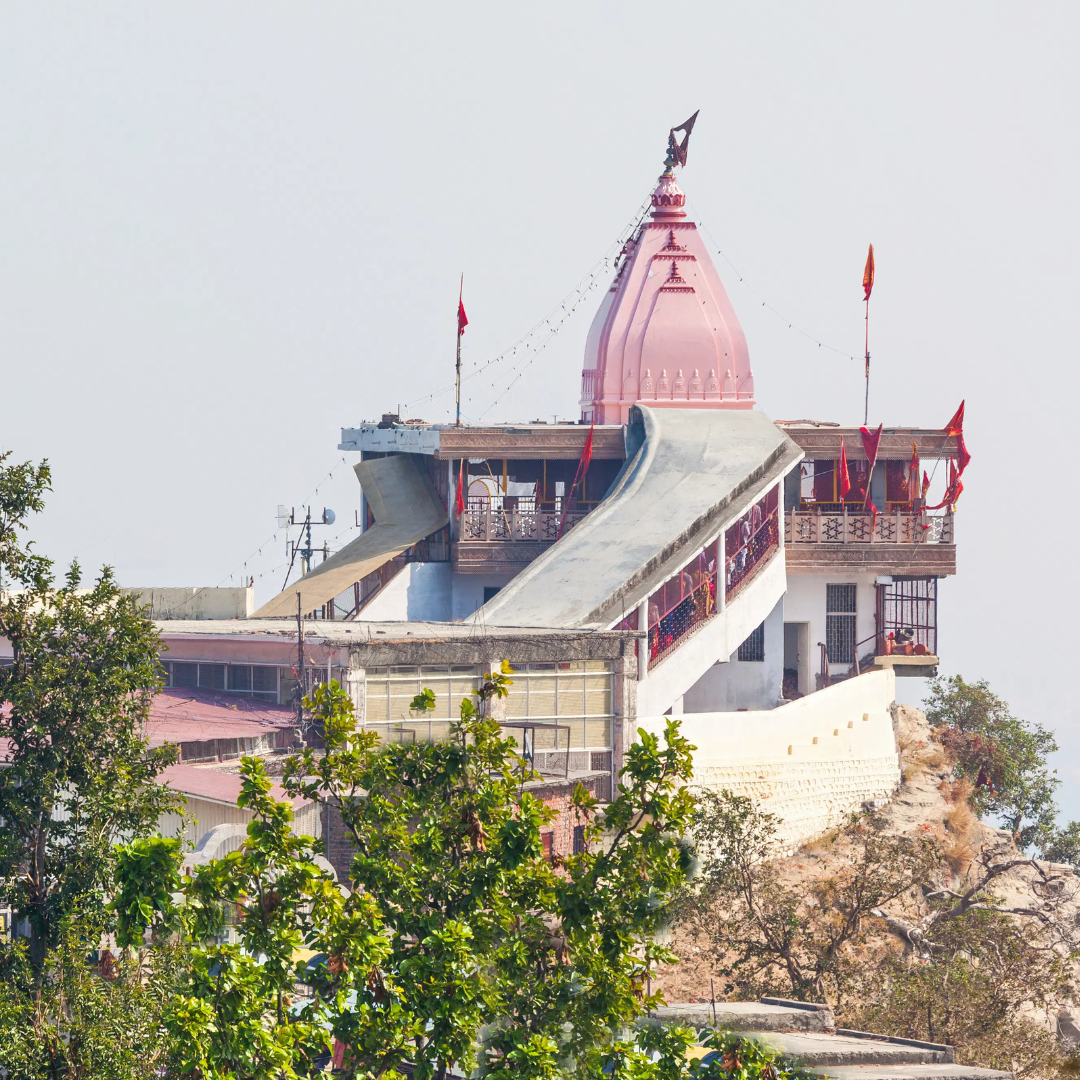Haridwar History
A Journey Back To Explore the captivating history of Haridwar
- The city is dotted with ancient temples, ashrams, and ghats, each with its own historical and mythological significance.
- History of Haridwar is mentioned in the ancient Indian epic Mahabharata, where it was known as Mayapuri.
- Historical Haridwar has been ruled by various dynasties, including the Mauryas, Guptas, and Mughals, each leaving their mark on the city.
- Haridwar, meaning “Gateway to God,” is one of the oldest cities in India, dating back thousands of years.
History Of Haridwar
History Haridwar holds a treasure trove of ancient tales and cultural heritage.
A holy town in Uttarakhand, Haridwar is an ancient city of pilgrimage with multiple pilgrimage sites and is a treasure trove of the ancient culture of India. It is one of the most sacred cities in India. According to Hindu mythology, Haridwar was named by the experts of Hindu religions. A unique feature of historical Haridwar is that it is an entrance to the Dev Bhoomi and Char Dham – the four holiest sites in Haridwar – Gangotri, Yamunotri, Kedarnath Ji, and Badrinath Ji. This is a foothill site in the Shivaliks. In addition to the Purans, Upanishads, Mahabharata, and Vanaparva chapter, the ancient pilgrimage city of Haridwar is also mentioned.
Unlocking Haridwar's Fascinating Past
Haridwar History: Unveiled
Hindu mythology claims that Haridwar history hails from the time when Brahma created the world. The gods and demons churned the ocean to get the pot of nectar and while Garuda carried the pot of nectar, a few drops fell at this spot and made it a spot for eternal salvation. In Haridwar, Lord Vishnu, also known as Hari, left his footprint, and the name Har symbolizes Lord Shiva who is also known as Har Har Mahadev.
The terra cotta found at this location indicates that this city thrived between 1200 and 1700 BC. Even the ancient Mahabharata speaks about this spot, when the sage Dhaumya extols the virtues of this place to Yadhisthira, one of the Panch Pandavas. Sage Kapila and Agastya muni also maintained ashrams here.
King Harshvardhan ruled Haridwar between 590 and 647 AD after the Mauryans ruled the city between 322 and 185 BC. The Kushans took over in the 1st and 2nd centuries AD. From Central Asia, Timur Lang or Timur the Lane seized control of the city around 1336 AD. Dhaumya in this area speaks of Yudhisthira’s tirthas and Haridwar is one of the pilgrimages. There is a very popular legend in the Satya Yuga, King Bhagiratha purified his 60,000 relatives’ spirits by bringing the holy river Ganga to Earth. During his pilgrimage to Kushwan Ghat, Guru Nanak, the founder of the Sikh religion, bathed.
Maharaja Man Singh of Amber in Rajasthan is probably credited with laying the foundations and renovating the ghats of what is present-day Haridwar. During the Mughal period, Haridwar was known as Mayapur. Emperor Akbar is credited with imbibing the Ganga River waters and paying homage to the Maharaja at this site. A mint for copper coins was also established here during this time.
The British were among the first to arrive in the 1800s and left a lasting impression in the form of the Bhimgoda Dam which was built around 1840 AD and the establishment of the Municipality of Haridwar in 1868, approximately the same time the railway line was laid. In a time of increasing pilgrimage to Char Dham in Uttarakhand after independence, Haridwar emerged as a major entry point for pilgrims to these holy places.
It is not only a popular destination for devotees of Vishnu and Shiva, but it is also a Shaktipeeth since the Maya Devi Temple was the place where Sati’s navel fell when Shiva was carrying her body. According to some documents, the current temple dates back to the 11th century, but its foundation may date back further.
Unveiling the Etymology of Haridwar
Haridwar
In Sanskrit, the sacred language of Hinduism, “Hari” signifies “Vishnu,” and “dvāra” translates to “gateway.” Therefore, Haridwar is interpreted as “The Gateway to Vishnu.” This name is bestowed upon it because it serves as the starting point for pilgrims embarking on their journey to the revered Vishnu temple – Badrinath.
Hardwar
Likewise, “Har” could denote “Shiva.” Therefore, Hardwar might symbolize “Gateway to Shiva.” Hardwar serves as a common starting point for pilgrims embarking on their journey to Mount Kailash, Kedarnath, the northernmost Jyotirlinga, and one of the sites on the smaller Char Dham pilgrimage circuit – all significant Hindu worship sites.
Legend has it that Haridwar was the sacred site where goddess Ganga descended when Shiva released the mighty river from the locks of his hair. The River Ganga, having journeyed 253 kilometers (157 mi) from its source at Gaumukh on the edge of the Gangotri Glacier, makes its initial entry into the Gangetic Plain at Haridwar. This event is what bestowed upon the city its ancient name, Gangadwára.
Historical Temples in Haridwar

Daksheswar Mahadev Temple

Bhimgoda Kund

Maya Devi Temple
Historical Significance of Haridwar
- A city steeped in spirituality and Hindu legends of the past, Haridwar, is a city that has left an indelible mark on its future.
- The city of Haridwar has become one of the seven sacred pilgrimage spots and one of the four places where the Kumbh Mela is held, after Garuda, on his way to the Himalayas, dropped some nectar from the pot at this spot.
- During the time of Bhagirath, the Ganga was brought down from heaven on Earth to cleanse people from their sins and free them from death’s cycle.
- Dhanvantari (considered the father of Indian Ayurveda) emerged from the ocean with a pot of nectar according to legend, which he used to bestow immortality. To this day, Haridwar is a center for Ayurveda.
- In 629 AD, Huan Tsang, a Chinese traveler, visited and described it as Mo Yu Lo in his travelogues.
- Ayurvedic studies are also promoted as well as Sanskrit studies at a college established in 1902 by Swami Shraddhananda as part of the philosophy of gurukul studies. Further, the city has a college dedicated to promoting Sanskrit, as well as a college dedicated to Sanskrit.
